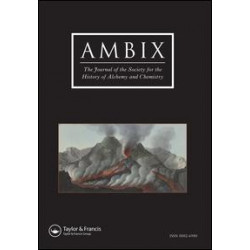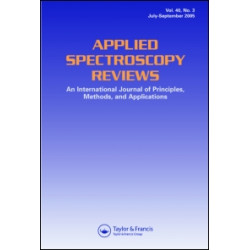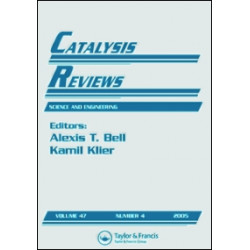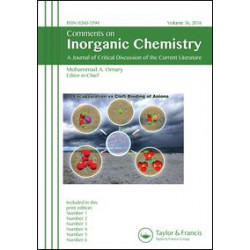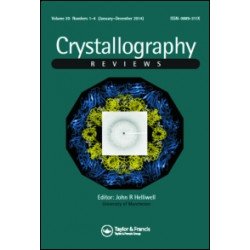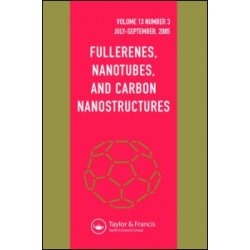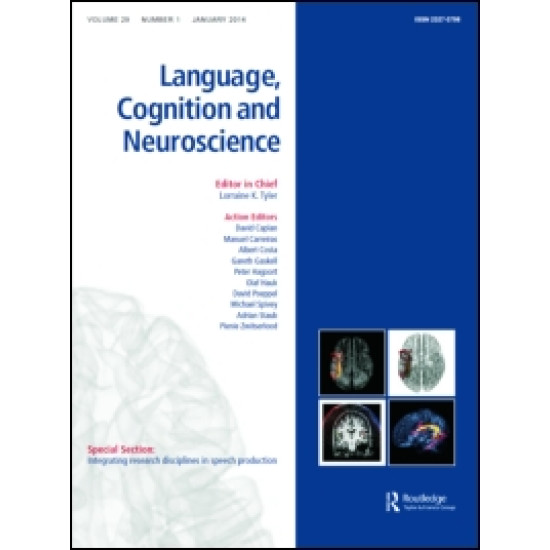
The study of language function from a cognitive neuroscience perspective has attracted intensive research interest over the last 20 years, and the development of neuroscience methodologies has significantly broadened the empirical scope of all language research. Both hemodynamic imaging and electrophysiological approaches provide new perspectives on the representation and processing of language, and place important constraints on the development of theoretical accounts of language function and its neurobiological context.
Language, Cognition and Neuroscience considers all types of articles, including Reviews and short articles. Continuing our strong tradition in this area, Themed Issues are also warmly encouraged. To further stimulate debate, we also invite the submission of theoretical 'position papers' (Opinion Pieces) that present novel theoretical perspectives on either established or novel phenomena of relevance to the psychology of language. These papers may be used to package together into a single article a theoretical position that has evolved across a number of prior publications. Alternatively, they may be used to present novel ideas that have not been expressed elsewhere. Only papers which represent a genuine advance in the state of the science, or its interpretation, will be considered; reviews of the field, or of a single contribution to the field, will not be considered. Opinion Pieces will be reviewed according to the same standards as our other submissions. Our intention is to foster genuine debate and to provide an outlet for theoretical innovation and discussion.
Peer review: All submitted manuscripts are subject to initial appraisal by the Editor, and, if found suitable for further consideration, to peer review by independent, anonymous expert referees. All peer review is single blind and submission is online via ScholarOne Manuscripts.
Disclaimer
Taylor & Francis makes every effort to ensure the accuracy of all the information (the "Content") contained in its publications. However, Taylor & Francis and its agents and licensors make no representations or warranties whatsoever as to the accuracy, completeness or suitability for any purpose of the Content and disclaim all such representations and warranties whether expressed or implied to the maximum extent permitted by law. Any views expressed in this publication are the views of the authors and are not the views of Taylor & Francis.







